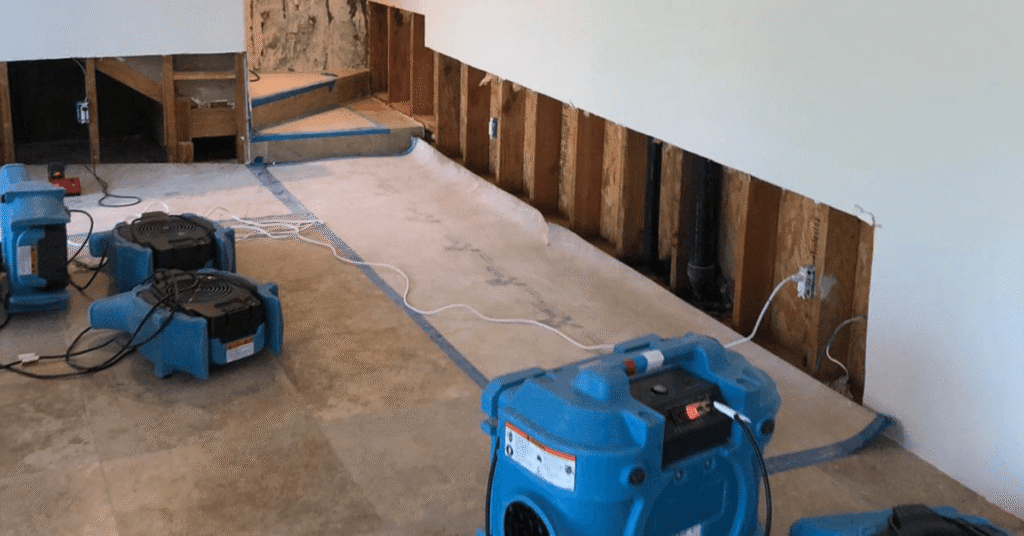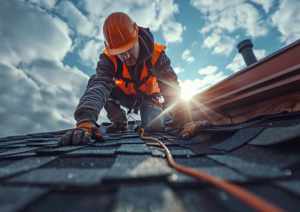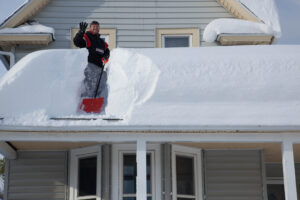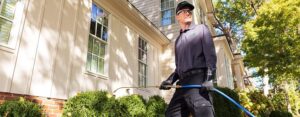
When flooding strikes, removing the visible water is only half the battle. The real danger comes from the hidden moisture left behind in walls, floors, and ceilings. If not properly dried, this trapped moisture creates the perfect environment for mold growth. Professional drying and dehumidification are critical steps in the restoration process because they ensure that every drop of water is removed, preventing mold before it has the chance to spread.
Why Mold Grows After Flooding
Mold spores are everywhere, but they only grow when conditions are right, moisture, warmth, and organic material. After a flood, all three of these conditions exist inside a home. Moisture seeps into drywall, wood framing, carpet, and insulation. Within just 24–48 hours, mold can begin colonizing and releasing spores into the air, spreading throughout the property.
The Limits of DIY Drying
Many homeowners try to dry flooded areas themselves with fans, open windows, or shop vacuums. While these efforts may remove surface water, they don’t address moisture hidden deep inside walls and flooring. Even if a room feels dry to the touch, high humidity inside the structure can still fuel mold growth. Without professional-grade dehumidifiers and moisture meters, it’s nearly impossible to know if an area is truly dry.
“The biggest mistake homeowners make is thinking the surface looks dry, so the job is done,” explains Eric Daniels of Water Damage Restoration Pros. “What you can’t see is often more dangerous, hidden moisture is where mold really takes hold.”
How Professionals Dry and Dehumidify
Certified water damage restoration specialists use advanced tools to measure moisture levels and identify areas where water has seeped in. They then use high-capacity air movers to circulate dry air and industrial dehumidifiers to pull moisture out of the air and structural materials. This process continues until moisture readings confirm that the property is fully dry, not just on the surface, but deep within.
Professionals also reposition equipment regularly and monitor conditions around the clock to ensure consistent drying. This strategic process makes the difference between stopping mold before it starts and dealing with a major remediation project later.
Preventing Mold and Protecting Health
By eliminating hidden moisture, professional drying and dehumidification cut off mold at the source. This not only protects your home’s structural integrity but also keeps the indoor air safe for your family. Mold spores can cause respiratory problems, allergic reactions, and serious health issues, especially for children and people with asthma. Preventing mold growth with proper drying is one of the best ways to safeguard both property and health.
The Long-Term Benefits of Professional Drying
Investing in professional drying and dehumidification after flooding saves money in the long run. It prevents mold infestations that require costly remediation, reduces the risk of structural repairs, and ensures your insurance claim is fully supported with professional documentation. By addressing the problem thoroughly the first time, you avoid repeat damage and protect the value of your home.







